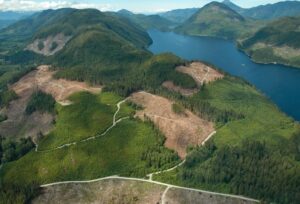 Large, undisturbed forests are better for harboring biodiversity than fragmented landscapes, according to University of Michigan research. Ecologists agree that habitat loss and the fragmentation of forests reduces biodiversity in the remaining fragments. But ecologists don’t agree whether it’s better to focus on preserving many smaller, fragmented tracts of land or larger, continuous landscapes. The study, published in Nature and led by U-M ecologist Thiago Gonçalves-Souza, comes to a conclusion on the decades-long debate… Previous research didn’t properly compare fragmented landscapes to large, continuous forests, Gonçalves-Souza said. For example, prior research may have looked at only one component of diversity, or may have compared a few continuous forests to dozens of fragmented patches… Additionally, the findings suggest that generalist species—species that are good at surviving in various environments—primarily live in the fragmented areas.
Large, undisturbed forests are better for harboring biodiversity than fragmented landscapes, according to University of Michigan research. Ecologists agree that habitat loss and the fragmentation of forests reduces biodiversity in the remaining fragments. But ecologists don’t agree whether it’s better to focus on preserving many smaller, fragmented tracts of land or larger, continuous landscapes. The study, published in Nature and led by U-M ecologist Thiago Gonçalves-Souza, comes to a conclusion on the decades-long debate… Previous research didn’t properly compare fragmented landscapes to large, continuous forests, Gonçalves-Souza said. For example, prior research may have looked at only one component of diversity, or may have compared a few continuous forests to dozens of fragmented patches… Additionally, the findings suggest that generalist species—species that are good at surviving in various environments—primarily live in the fragmented areas.